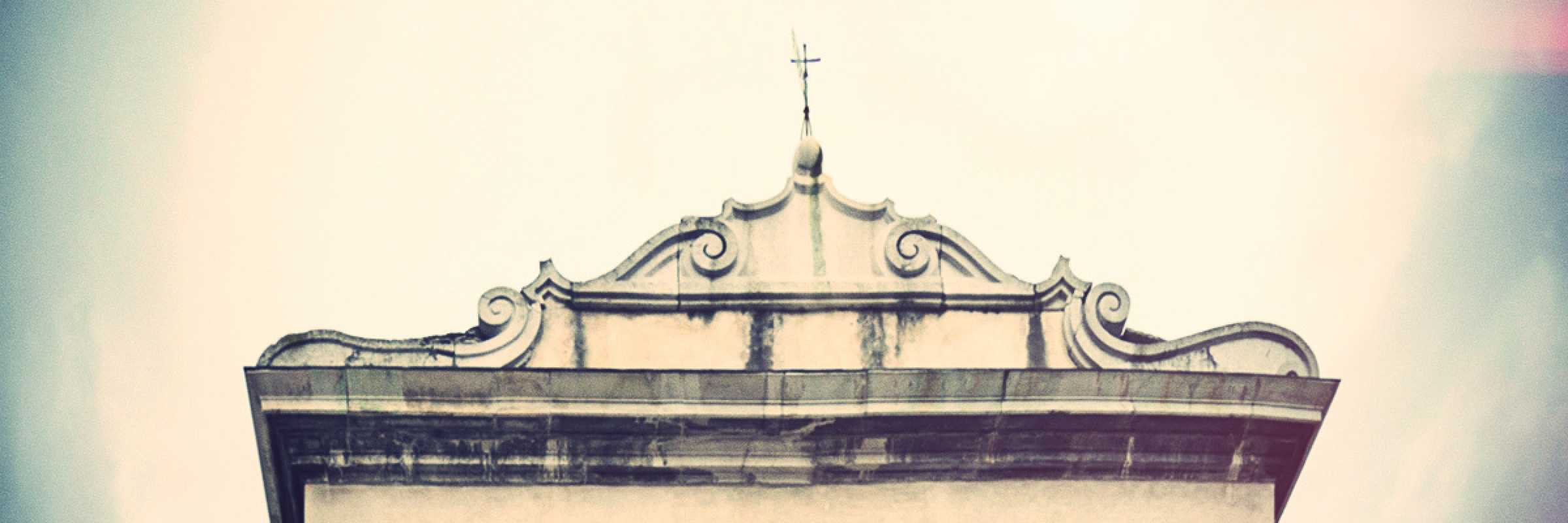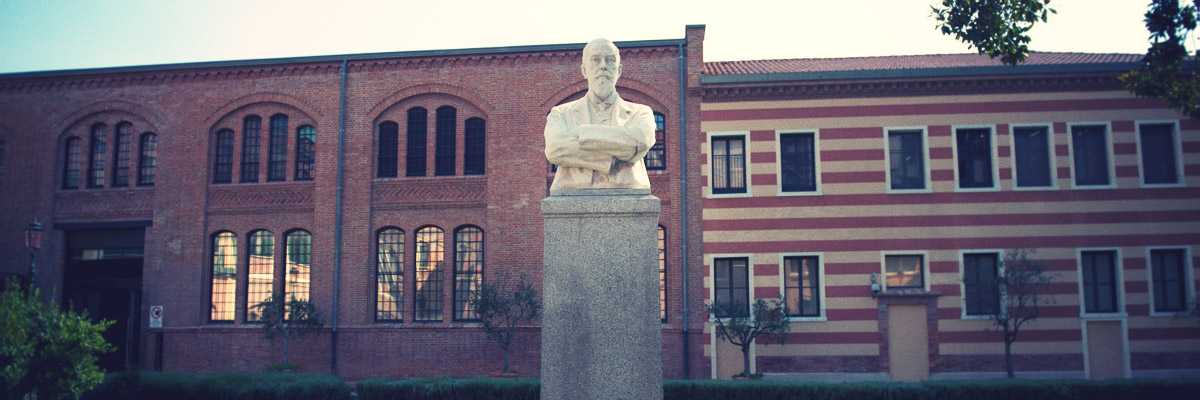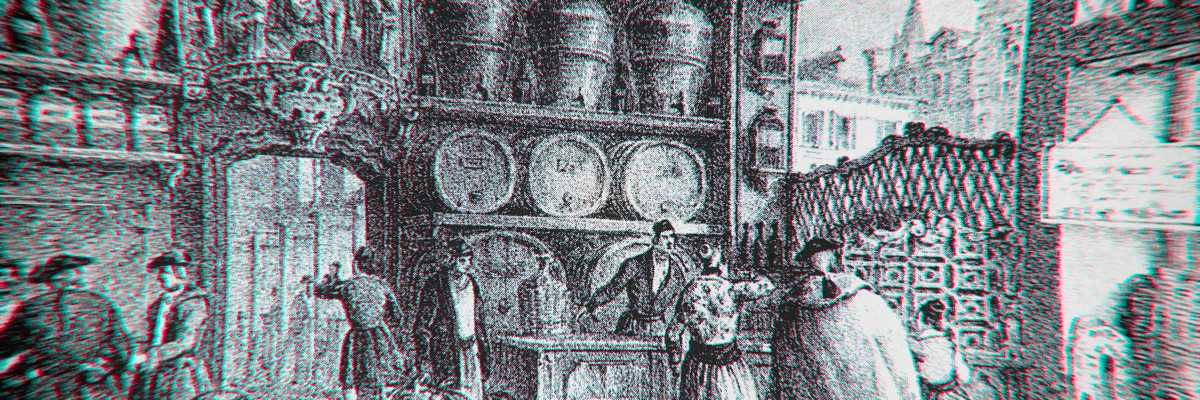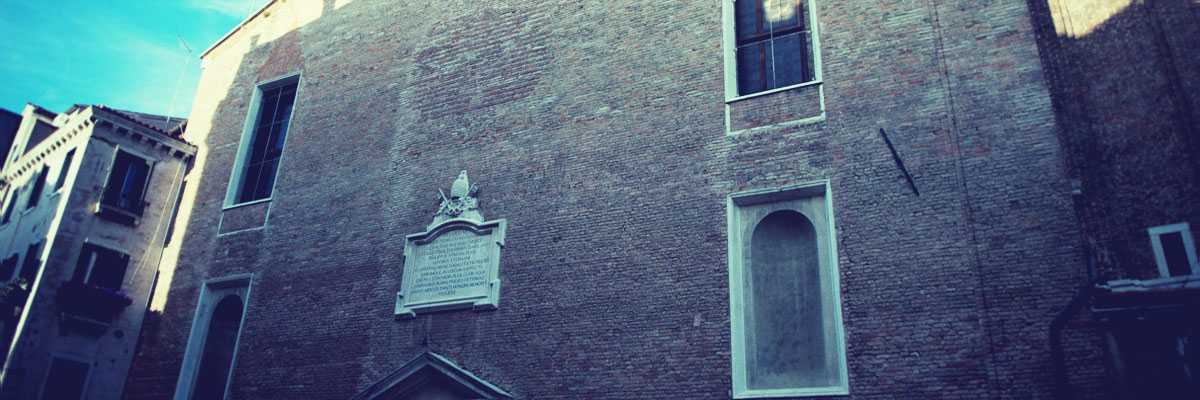The church seems to have been built for the first time in the 9th century on the initiative of the patrician families Barozzi, Aldicina and Equilia. It was rebuilt between the 12th and 13th centuries thanks to the Pisani family and a miraculous image of the Virgin Mary was transported from the East; the place of worship was thus renamed Santa Maria delle Grazie and San Fantino.
In the early sixteenth century, it was demolished and rebuilt: as regards the project, there are conflicting opinions among those who believe it was built to a design by Tullio Lombardo or Antonio Abbondi
Already subscribed? Login →
Continue reading:
7,99€ per month, or 59€ per year
Invest in culture, in beauty, in a better future.
You can unsubscribe whenever you want.
or




